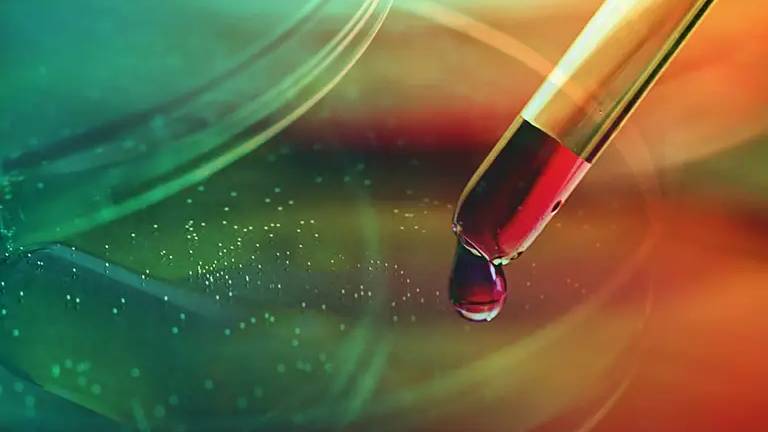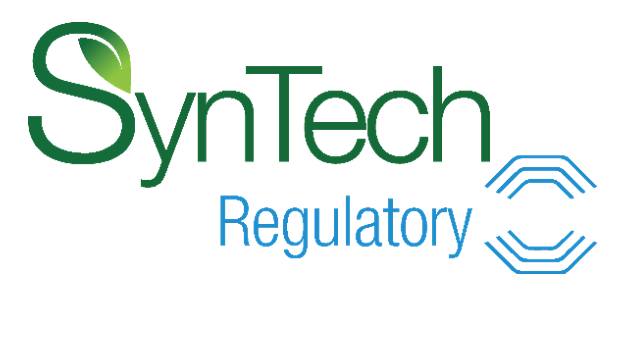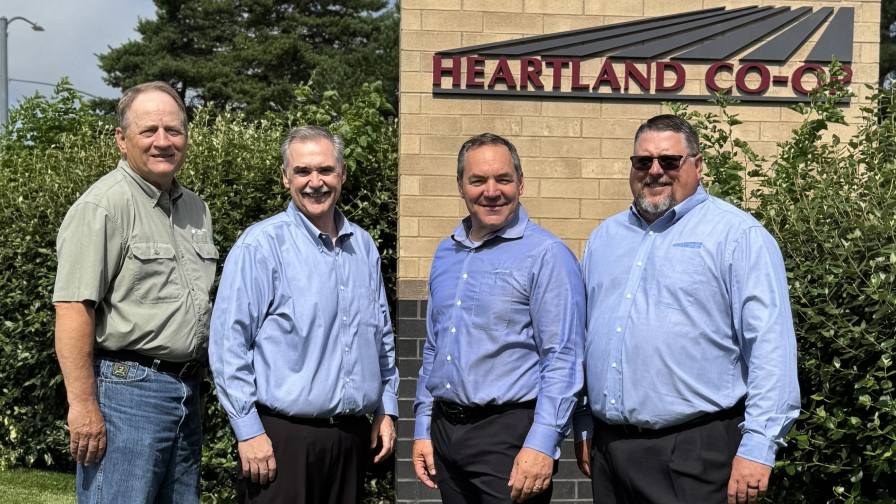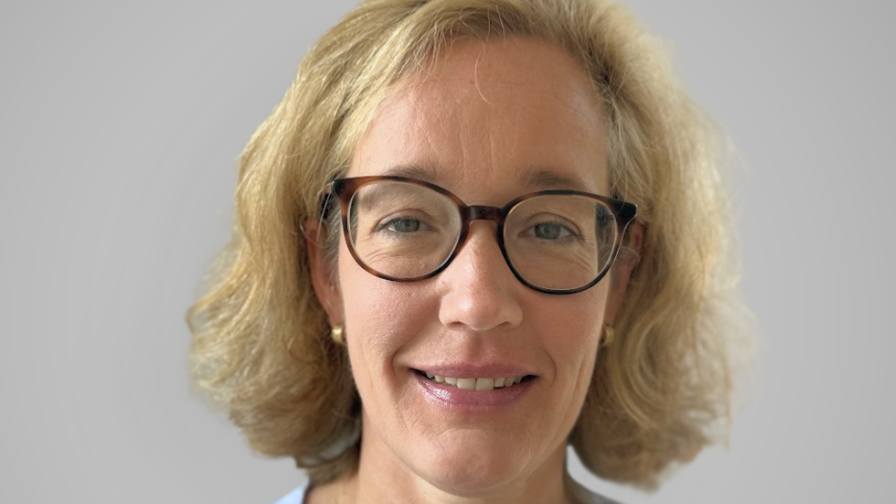Sustainable Podcast: Certis Belchim’s Laurence Gutierrez Talks About Growing for the Future
Sustainable by AgriBusiness Global interviewed Laurence Gutierrez, Business Development Manager for Certis Belchim, to find out how the company’s Growing for the Future program works and why it’s having so much success.
Podcast Transcript:
ABG: What is Certis Belchim’s Growing for the Future program, and why was it created?
LG: Well, with Growing for the Future, we are assisting growers to adapt their production to the requirements coming from the European Commission’s Green Deal, and basically the Farm to Fork strategy.
These requirements are about the more sustainable production of food. But we also have requirements coming from supermarkets. We are supporting growers to be able to meet all of these requirements, from the political side, or from the supermarket, for example, to produce with no residues.
ABG: Growing for the Future contains innovation, new investments, and a communication plan. Could you talk to me about those three points of this program?
LG: The key element of the innovation is our development of a portfolio of biorationals. These include our plant protection products from natural origins, which are registered as pesticides.
The key elements that we have developed, registered, and commercialized today are more than 20 different biorationals, which allow us to have a very strong portfolio to build these programs to meet the Green Deal requirements.
As you know, there is a goal to reduce the use of chemical pesticides by 50% established by the European Commission for 2030, and to move growers into organic farming. Thanks to the innovation coming from this biorational portfolio, we can support growers in that direction.
ABG: What part of the growers input goes into creating this program for them?
LG: Of course, one of the core problems is how to apply biorationals. The knowledge and the way to do it is different in each region. We discuss with growers the best way to improve their crop programs and what methods to adopt according to the local requirements or the local way of working. Getting input from the grower and the technicians is very important to be able to be successful. We have to work alongside each other for at least one to two, or even three years. We always check in with the growers, did you achieve the goals you are looking to reach?
ABG: As you communicate with growers through this program, are you bringing that feedback to your company to create new products for them, or changing products that you currently have?
LG: Well, first before we develop any program for growers, we set up a meeting with them. Obviously, the grower wants to achieve the EU’s requirements. Then our company positions the products, so they work properly, then we don’t fail.
So many times, when people say, “Oh, the green products are not working.” It’s because a green product or a biopesticide on its own is not going to work well, so it always has to be integrated in a program or positioned in the right place to control a pest. We cannot just leave the products to the grower to be used. The sharing of knowledge is what helps us to get success. It also brings in insights to our company.
Then in terms of new research and development. Yes, of course, we don’t have all the products we require.
ABG: The results for this program were tremendous. Results showed 3% to 9% increase in grower profitability. There is a 77% reduction in chemical products, with zero residue. What were some of the hurdles that you faced to get to this program to work so well? What was the process to getting the program to this point?
LG: Well, before we talk about the hurdles, Growing for the Future programs have key performance indicators (KPIs) started by Europe and the supermarkets. But, in terms of supporting growers, we also have set up our own KPIs. We have 5 KPIs for each program.
We measure the efficacy so that we know if our products are as good as conventional 100% pure chemicals. Where are we in terms of comparison of efficacy? Then we measure the reduction of the number of applications in the program. For example, we have achieved in greenhouses up to 80% reduction of chemical use. Then we measure, we already talked during the interview about the reduction of residue on plants.
But another important element that we measure is the analysis and evaluation of the environmental impact. This is very important for large producers, which already have questions from supermarkets and the food chain about what they are doing to reduce the environmental impact.
It’s also important to mention that we are working with a formula created by the University of Cornell in New York, United States. They have been working for many years to calculate the environmental impact. So now we can measure the impact of our programs. The last measure is one you already mentioned, which is profitability and very important.
From these measures, we build upon and adjust the program to be successful.
ABG: Are you using any ag tech in this program as far as sensors or anything along those lines?
LG: We have some experience, but I cannot say that today, ag tech is integrated into every Growing for the Future program. We have partnered with ag tech companies, for example, using devices that are placed directly on the surface of the leaf, which give us the measurement of the humidity and temperature of the leaf. This supports us to make proper recommendations with biopesticides.
The humidity in the leaf is critical for success for telling what time of the day growers should apply the product. This kind of ag tech is going to be more and more important to control pests on the aerial part of the plant as well as in the root system.
ABG: What kind of percentage of increase in cost are we talking about for growers?
LG: It depends. For example, in the integrated pest management system where we combine chemicals and biorationals, the difference in price is not large because of the way the program is developed. It could be a substantial price increase if you go into organic farming. Yes, that could be far more expensive. As I mentioned, one of our KPIs is to measure at the end of the production.
If, despite the increase of the cost of the program, it is still profitable for the grower, then it’s a success. This is why growers continue to work with us, because in the end, they are profitable and their production is meeting the requirements of their own customers, the supermarkets, and the EU.
ABG: Education is so important for the success of growers. How much communication do you have with growers, and what kind of education do you provide?
LG: Yes, the communication in terms of training and helping them is very important. We’ve developed the Growing Academy, where we transfer knowledge of the use of biorationals as we explain and share our experiences and results. We educate the growers, the producers, and the technical staff. In terms of communication, we have our own Growing for the Future magazine that we publish five times per year.
Each issue focuses on one crop and is distributed to our dealers, technicians, and the customers.
ABG: Is your company going outside of the European Union with this program and education, like Brazil or the United States?
LG: No, not yet. We have started this pilot program in Spain. The next step is to expand the program to all branches in Europe. The biological use in the United States is increasing, but expanding there will be a second step.








